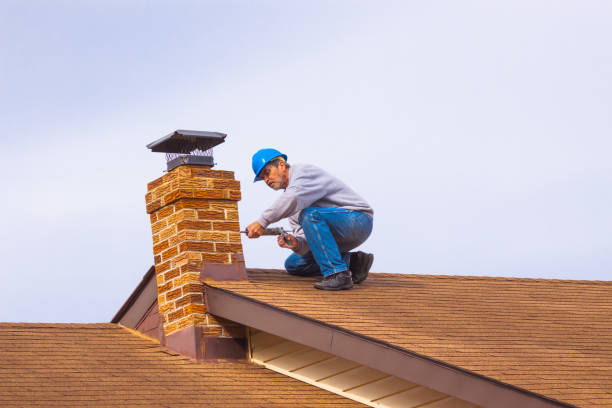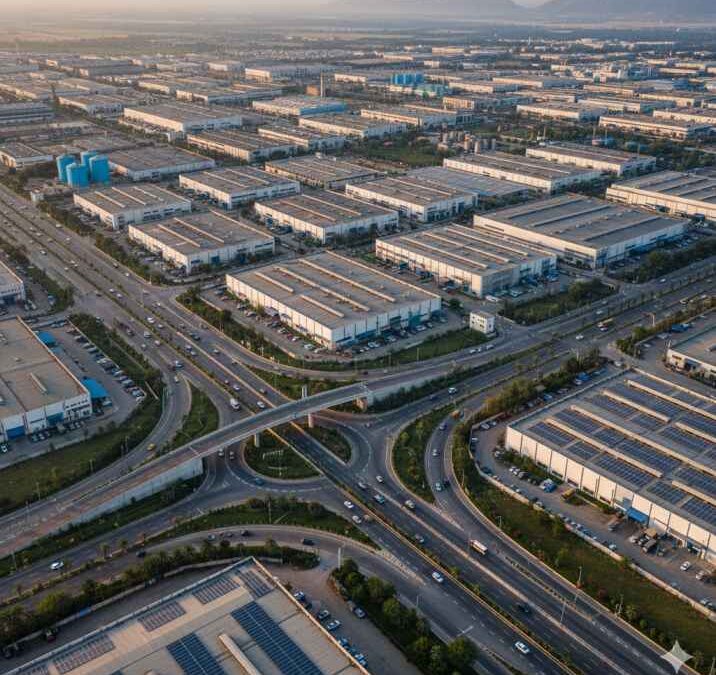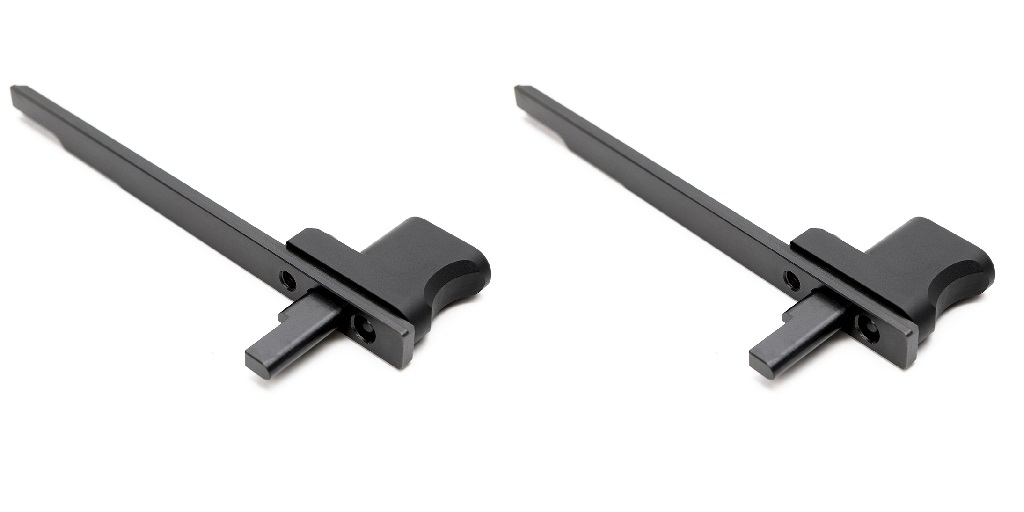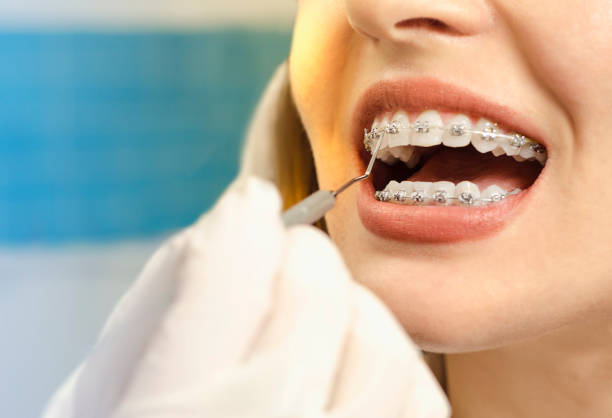When your chimney begins to tilt or lean, it isn’t just an aesthetic concern — it poses serious risks to your home’s structural integrity and safety. At Promaster Maintenance Corp Paving and Masonry, we understand the complexities involved in diagnosing and executing a safe, lasting leaning chimney repair. Before scheduling any service, homeowners should understand the causes, implications, and solutions associated with a leaning chimney. Ignoring a leaning chimney can lead to cracked masonry, water infiltration, and even collapse risk. Addressing the problem early can save considerable money down the line and preserve the safety and value of your property. In this article, we’ll walk you through everything you need to know about leaning chimney repair—from root causes to the repair process and cost considerations—in a human-friendly, informational style.
Why Does a Chimney Start Leaning in the First Place?
A chimney doesn’t usually lean overnight—it’s typically the result of gradual deterioration or external forces. Common causes include foundation settlement under the chimney, shifting soil, freeze-thaw cycles that crack mortar joints, or poor original construction. The weight and height of the chimney amplify small movements, turning minor cracks into dangerous tilts. Seismic activity, heavy winter loads, or water intrusion can further exacerbate the problem. In many cases, years of neglect of small cracks allow moisture to seep into the masonry, weakening the internal structure and accelerating settlement. At Promaster Maintenance Corp Paving and Masonry, we assess these underlying causes to design a tailored leaning chimney repair plan that addresses both symptoms and root problems.
How Dangerous Is a Leaning Chimney for Your Home?
A leaning chimney is not merely a cosmetic flaw. As the structure tilts, the stresses on bricks, mortar, and flashing become uneven, leading to cracks, separation from the house, and potential collapse. Water can get into compromised joints, freeze, widen cracks, and worsen the tilt over time. Inside the chimney, the flue liner may shift or crack, posing carbon monoxide risks or fire hazards. A leaning chimney also affects the roof interface, possibly damaging roofing materials or flashing and allowing leaks to propagate into walls and ceilings. Because of these safety and structural implications, leaning chimney repair is often urgent, not optional. At Promaster Maintenance Corp Paving and Masonry, our experienced technicians evaluate whether repair or full replacement is required, prioritizing safety above all.
What Are the Typical Signs That You Need a Leaning Chimney Repair?
Detecting early warning signs can save you from more extensive damage. Watch for vertical cracks in the bricks or mortar, separation between the chimney and the house, bulging brick faces, visible tilt when viewed from a distance, or gaps around the chimney crown. On the roof, you might see flashing pull away or water stains beneath the chimney cap. Inside your home, cracks in plaster or drywall near the fireplace may indicate shifting. Noticeable creosote buildup or inconsistency in smoke draft may point to flue distortion. If any of these signs arise, call a masonry specialist immediately to schedule a leaning chimney repair consultation rather than waiting for further deterioration.
What Steps Do Professionals Use to Perform a Leaning Chimney Repair?
A structured, methodical approach ensures lasting results. The repair process typically begins with a thorough inspection, including measuring the degree of lean, assessing foundation condition, and checking adjacent structural elements. Engineers or experienced masons may use leveling tools, plumb lines, or laser alignment to quantify tilt. Next, stabilize the site to prevent further movement—this may involve installing temporary braces or scaffolding. The foundation beneath the chimney is often undercut or reinforced with underpinning or piers to halt settlement. Once stable, the leaning chimney repair team removes cracked or improperly bonded masonry and carefully re-builds sections with proper mortar, reinforcement, and bonding techniques. Steel reinforcement bars or anchors may be inserted to tie the chimney back to the structure. The crown, flashing, and chimney cap are then reinstalled or replaced to ensure weather resistance. Finally, the flue liner is inspected and repaired or relined if necessary. Cleanup and sealing finish the job. Throughout every stage, professionals abide by building codes and safety norms to ensure the chimney remains strong, aligned, and safe for years to come.
How Much Does a Leaning Chimney Repair Typically Cost?
Repairing a leaning chimney is a specialized job and costs can vary widely depending on severity, height, foundation condition, and required structural reinforcement. Minor lean corrections with modest damage might cost a few thousand dollars, while a severe lean requiring full underpinning, partial rebuild, and steel reinforcement can reach tens of thousands. Additional factors include access difficulty, local labor rates, materials used (brick, stone, mortar), and whether flue lining needs replacement. At Promaster Maintenance Corp Paving and Masonry, we provide transparent, itemized estimates after a detailed inspection so you know exactly what you’re paying for. While a leaning chimney repair may seem expensive upfront, delaying fixes often results in exponentially higher costs from collapse or water damage.
Can You Live in a House During a Leaning Chimney Repair?
Yes, in many cases you can remain in your home, but precautions are necessary. During leaning chimney repair, dust, vibrations, and noise are inevitable. Contractors typically isolate the work area, use dust barriers, and take measures to protect nearby rooms. If structural work is heavy near the fireplace, it may be safer to avoid the immediate area. In rare, extreme cases where collapse is imminent, temporary evacuation might be required. Before starting, confirm with your contractor—such as Promaster Maintenance Corp Paving and Masonry—about safety protocols, expected disruptions, and whether relocation is needed. Good communication ensures your comfort and safety throughout the project.
How Can You Prevent a Chimney from Leaning Over Time?
Prevention is always better than repair. Regular inspections and maintenance guard against the progression of small issues into structural failure. Keep mortar joints in good condition by repointing when cracked, ensure flashing is watertight, and maintain the chimney cap to shed water. Make sure gutters and downspouts redirect water away from the chimney’s base. Address soil drainage around your foundation to avoid erosive wash. In cold climates, protect your masonry from freeze-thaw cycles by sealing surfaces appropriately. If you notice any minor tilt or cracking, involve masonry professionals to evaluate early rather than waiting. A little investment in preventive care can forestall the need for expensive leaning chimney repair down the road.
Why Choose Promaster Maintenance Corp Paving and Masonry for Your Leaning Chimney Repair?
Choosing the right contractor makes all the difference in a complex job like leaning chimney repair. At Promaster Maintenance Corp Paving and Masonry, we bring decades of experience in masonry, structural repair, and paving. Our technicians are trained in modern stabilization techniques, foundation repair, and chimney reconstruction. We start each project with a detailed inspection and engineering analysis, then provide clear, itemized proposals. During repair, we use quality materials, proper reinforcement, and building code-compliant methods to ensure durability. We also prioritize safety, cleanliness, and communication with homeowners throughout the project. With Promaster, you get peace of mind that your leaning chimney repair won’t be a temporary fix but a long-lasting solution.
How Long Does a Typical Leaning Chimney Repair Take?
The time required for leaning chimney repair depends heavily on the scope and severity of the problem. A minor tilt correction and masonry patching might take a few days, while a more serious structural stabilization and rebuild may last one to two weeks—or even longer if weather or site conditions pose challenges. Undercutting foundations, installing piers, rebuilding masonry, repointing, reinstalling flashing, and curing times all add time. If a flue liner must be replaced, scheduling that work also factors in. At Promaster Maintenance Corp Paving and Masonry, we provide you with a realistic timeline during the proposal phase and keep you updated throughout the process. Our goal is to complete the leaning chimney repair efficiently without cutting corners on quality or safety.
How Do You Know When a Leaning Chimney Repair Is Complete and Effective?
After repair, validation is key. A properly repaired chimney will appear plumb and aligned, with no visible tilt or bulging. Rebuilt masonry should exhibit tight joints, proper mortar, and structural reinforcement. Flashing and flashing seals should be intact, and the chimney cap should sit flush without gaps. Internally, the flue liner should be clear and undamaged, allowing proper draft. You can verify by using a level or laser line to check alignment. A professional contractor—such as Promaster Maintenance Corp Paving and Masonry—should provide a post-repair inspection and warranty. Ask for before-and-after photos and documentation of structural work. Proper drainage at the base and stable soil conditions should minimize future movement. When all of these criteria are met, you can feel confident that the leaning chimney repair was effective and that your home is safe.
In conclusion, a leaning chimney is more than a visual blemish — it’s a structural and safety concern requiring timely, expert attention. From identifying the root causes and warning signs to understanding the repair process, cost, and timeline, homeowners need accurate, transparent guidance when confronting this issue. By selecting a skilled masonry contractor like Promaster Maintenance Corp Paving and Masonry, you ensure that your leaning chimney repair is handled with precision, safety, and lasting results. Don’t wait until tilt becomes collapse — schedule an inspection today and protect your home.







0 Comments